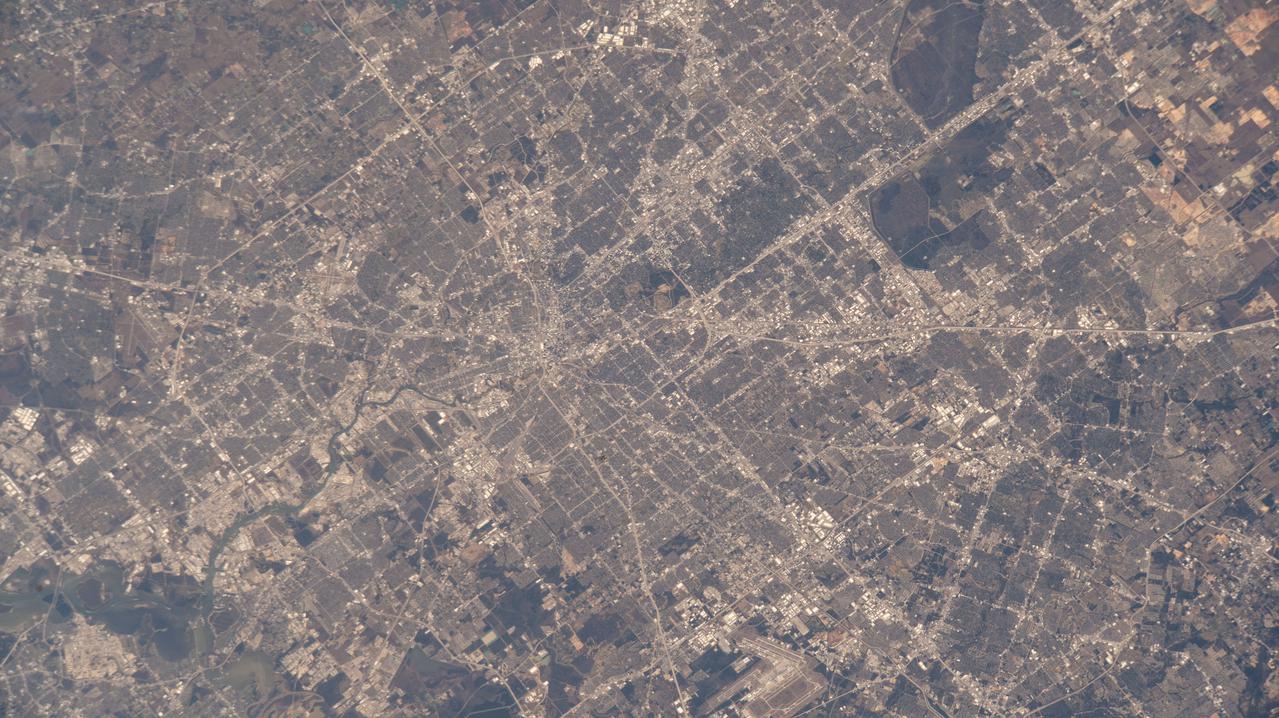If there was ever any doubt whether an asteroid impact killed off the dinosaurs, field scientists continue to bring back proof from ongoing research in the Gulf of Mexico.
Last week, geologists working in the Yucatán Peninsula reached a major milestone in an offshore drilling project of the Chicxulub Crater, now known to be the remnant of a 66-million-year-old collision of a gargantuan asteroid into the Earth’s surface. Reaching a depth of 670 meters (2,198 feet) in the crater’s peak ring for the first time, the scientists brought up core samples of the original granite bedrock that occurred as a result of this Earth-shattering impact.
Discovered in 1978 by geophysicists Antonio Camargo and Glen Penfield, the crater has been the subject of study and controversy for some time, but this is the first time scientists have dug this deep offshore, into the inner ring of the double-ringed crater. From the core samples, taken from below 66 million years of sediment piled onto the original molten rock formed at the time of the impact, paleontologists now have a completely new data set to study the earliest moments of Earth after the Cretaceous.
With this evidence, we can now put to rest a point of contention regarding the exact border between the Cretaceous and the next age in the life of the Earth, the Paleogene, known as the K-Pg boundary. Prior to this project, paleontologists defined the K-Pg boundary with the appearance of foraminifera, fossils of small shelled creatures. In a sense, the drilling project took science back in time through rock layers never before investigated and passed the K-Pg boundary at ground zero. Because this layer of ancient rock is so thick and and so unique, the drilling team is considering re-naming it the “event layer.”
This news highlights a great number of phenomena in both natural history and astrophyics. Astronomers have studied peak rings in craters on the moon, Mars and Mercury, but never before on our own planet. The Chicxulub now offers a local opportunity to study this type of supermassive impact.
Apparently, peak rings form in a matter of minutes when an asteroid is so big, its impact liquefies rock, causing the center of the crater, while it’s in motion, to splash upward in a cone shape like a drop of water into a filled sink. This molten rock creates a distinct layer of minerals that only form from asteroid collisions. As the team continues to bore deeper, now working more slowly to study this unique type of rock, they will search for rock layers “out of order,” testing a proposed model for this type of impact. Theories state when these impacts occur, older rock layers are tossed above younger rock layers.
The discovery of Chicxulub is a fascinating story in itself, and shows how difficult this thing was to find. Essentially, the crater is so old, the only evidence of it is a trough that forms a faint semi-circle on the western portion of the Yucatán Peninsula and a system of thousands of cenotes, sinkholes formed as a result of the impact. (We’re still unable to explain why.)
Prospecting for oil drilling sites for the Mexican oil company Petróleos Mexicanos (Pemex), Penfield noticed a huge underwater arc 40 miles across in his geophysical data. He found another arc on land years later. Penmex suppressed specific data to the public, but allowed Penfield and Camargo to present the findings at the Society of Exploration Geophysicists conference in 1981, which was poorly attended.
In 1980, unaware of Penfield’s discovery, Alan R. Hildebrand, a graduate student at the University of Arizona, published the first paper proposing the Earth-impact theory and was searching for a probable crater. He and his team found evidence of an impact in shocked quartz, a type of deformed quartz created by intense pressure and limited temperature (the conditions of an impact crater), and tektites, beads of glass shaped like drops of water that form when molten rock is ejected into the atmosphere. Both of these materials occur in large deposits in the Caribbean basin.
Carlos Byars, reporting for the Houston Chronicle in 1990, connected the dots between Hildebrand’s theory and Penfield’s discovery, and Hildebrand and Penfield obtained Penmex drill samples stored in New Orleans for Hildebrand’s team to study. The samples matched Hildebrand’s theories.
Further research into the crater in the late 1990s using gravitational anomaly imaging showed the crater is a system of two concentric circles, the outer circle measuring 190 miles in diameter, nearly five times the diameter of the inner circle.
Personally, as a Texan, a Houstonian and a dinosaur nerd, I take pride in these developments. 1. The Chicxulub crater was discovered by a Mexican oil company. 2. A Houston reporter identified the crater as the one that killed the dinosaurs. Two points for Texas, a state steeped in petroleum science and Mexican culture.
For a grandiose, and slightly terrifying, example of how an asteroid impact can change the face of the Earth (the Chicxulub crater was created by a much smaller asteroid), watch this Discovery Channel simulation set to Pink Floyd’s “Us and Them.”










